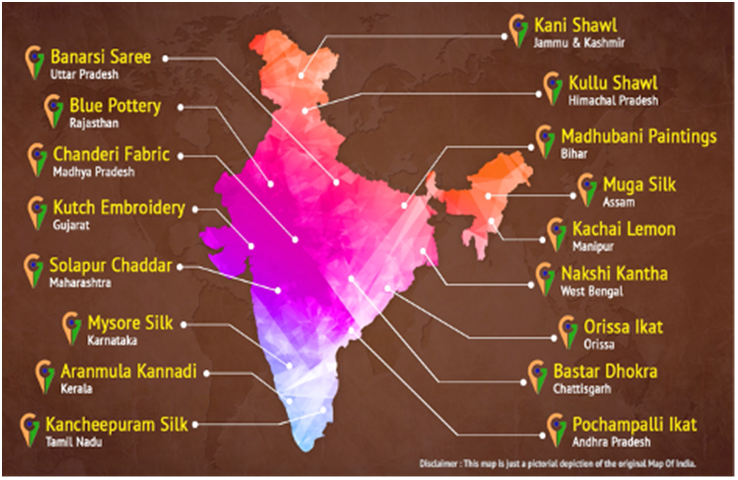Geographical Indications (GIs) are a vital aspect of India’s cultural and economic landscape. The GI tag not only helps protect the authenticity of products but also promotes economic growth, cultural preservation, and sustainable development. For UPSC aspirants, understanding the significance of GIs in the context of agriculture, economics, governance, and intellectual property rights is crucial. As India continues to build on its rich heritage and diverse industries, GI-tagged products will play an essential role in showcasing its global presence and preserving traditional knowledge for future generations.
By recognizing and supporting the importance of Geographical Indications, India can foster sustainable economic growth, encourage rural development, and position itself as a leader in protecting and promoting cultural heritage globally.









